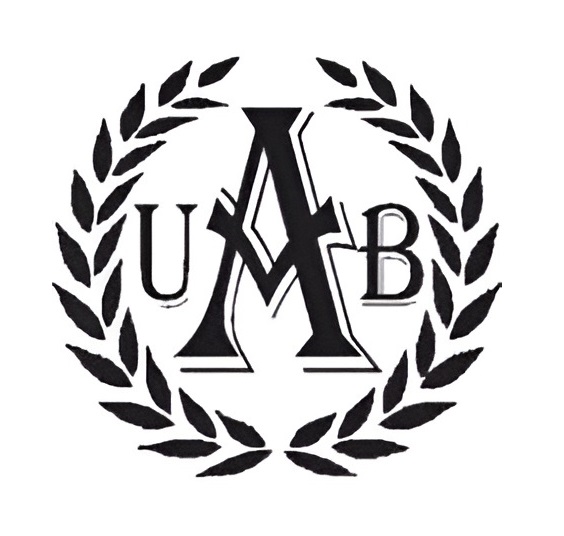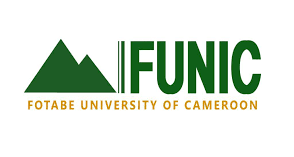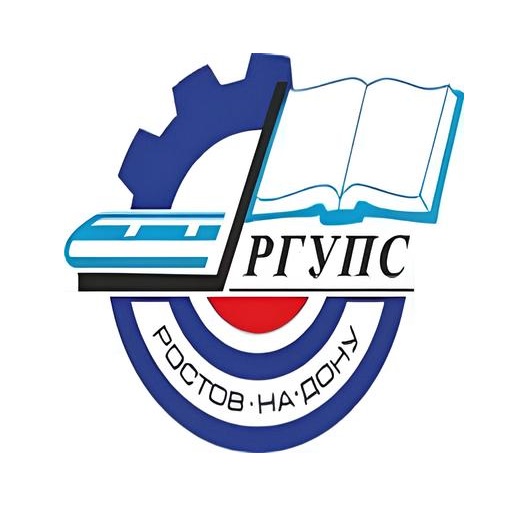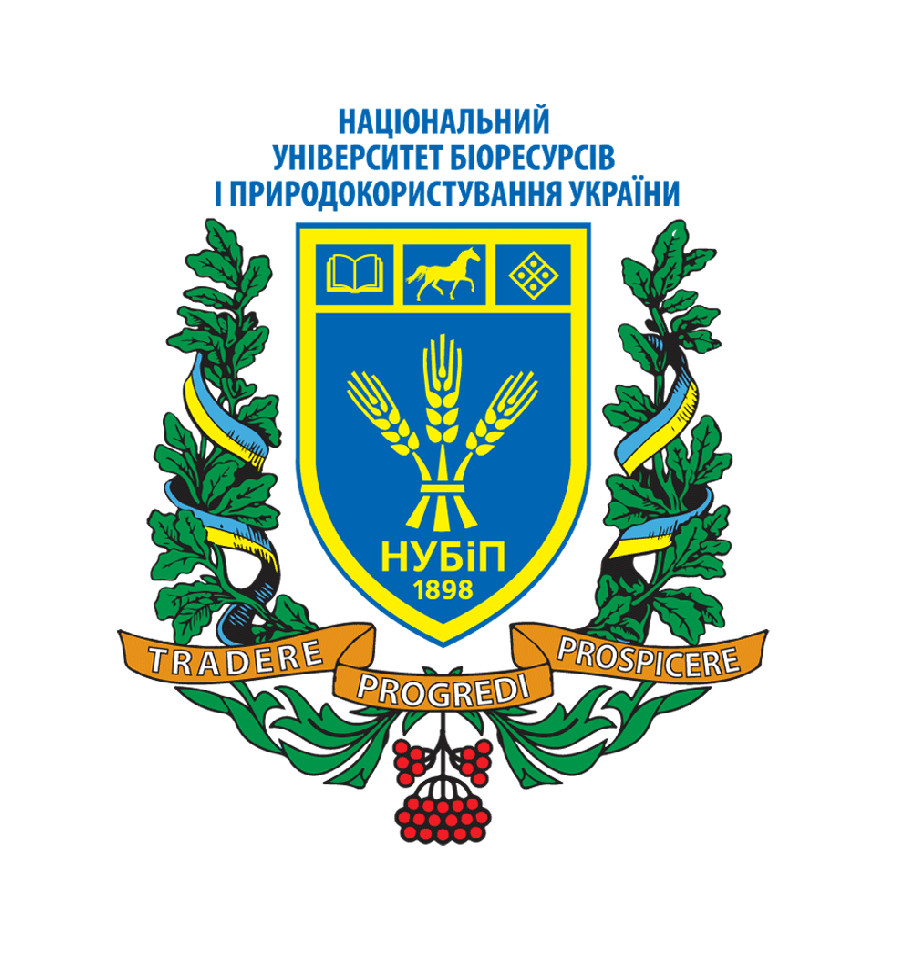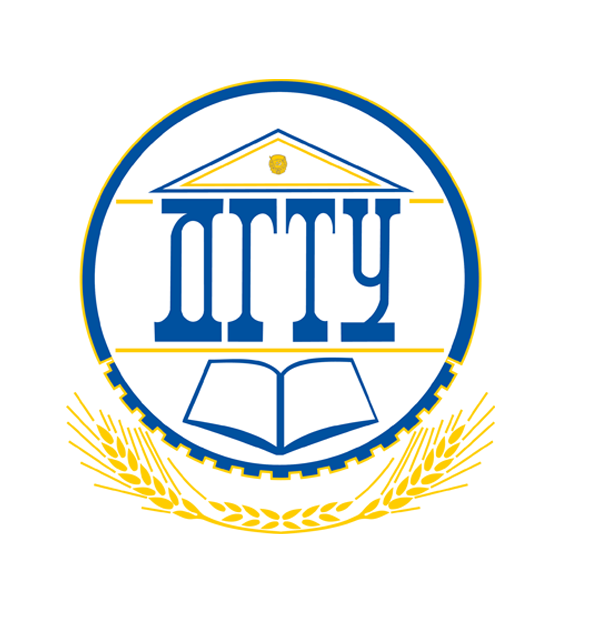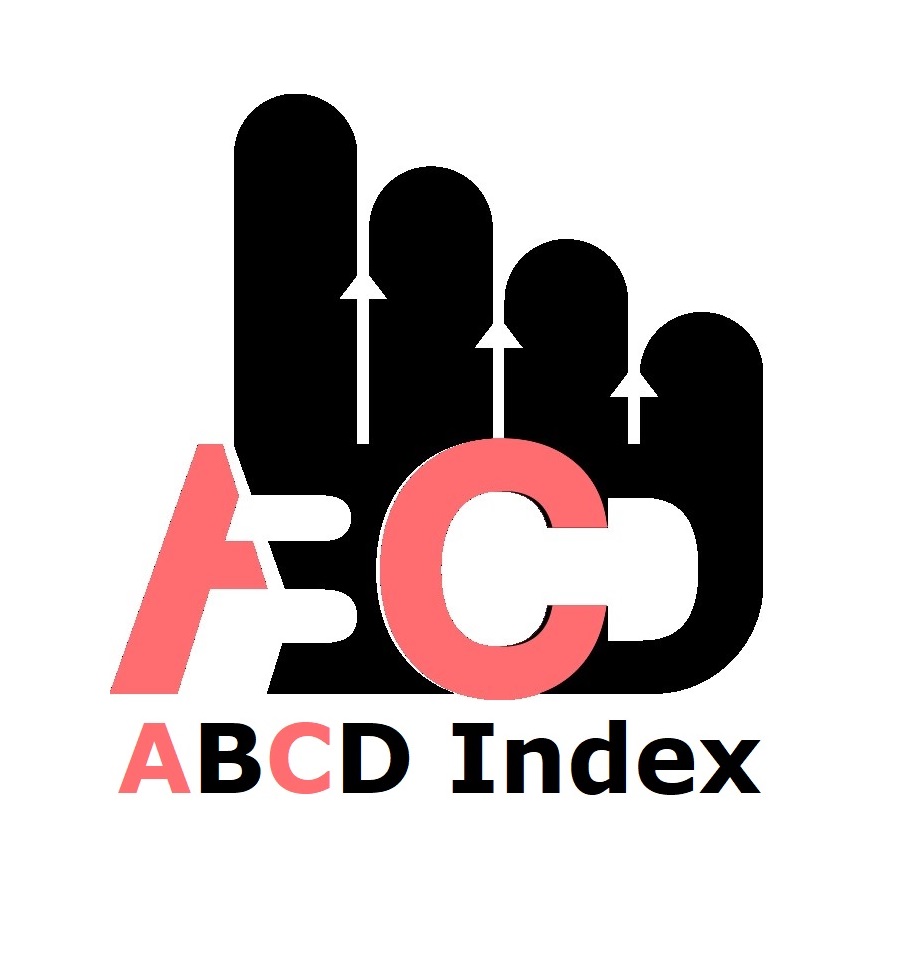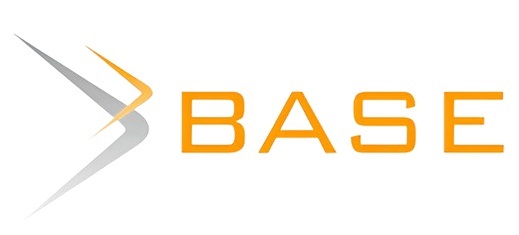Assessment of the Influence of Teaching Methods on Learners Preparedness for Primary Education in Kenya
Keywords:
Teaching Methods, Curriculum Implementation, Learners’ PreparednessAbstract
The purpose of this research was to compare and contrast the efficacy of different teaching methods in preparing pre-primary school students for success in elementary school. Participants in the study included Curricula Support Officers (CSOs), Section Heads, Early Childhood Development and Education (ECDE) center administrators, and educators. The study took a descriptive survey approach. The sample size of 215 was determined by Yamane's (1967) formula and was reached by the use of a systematic sampling technique. Focus group discussions (FGD), questionnaires, and in-depth interviews were all used to compile the data. Quantitative data was analyzed using descriptive statistics, and the results were presented in tables, while qualitative data underwent content analysis and was presented narratively. Parametric and non-parametric tests were utilized in inferential statistics, and a 5% significance threshold was applied in a logistic regression analysis to assess the null hypothesis. The Shapiro-Wilk and Kolmogorov-Smirnov tests were used to check for normality. Since the calculated p-value of 0.042 was less than the required significance threshold of 0.05, the null hypothesis was rejected, suggesting that teaching practices had a sizeable impact on students' readiness for academic success. These results can be used by the County Government to provide better Early Childhood Development (ECD) programs. The National Government can use this information in policymaking and regulation to better track and control schools, which will improve students' readiness for the classroom. The results of this study may prove useful to teachers because they provide a variety of suggestions for improving the educational preparation of their students through ECDE programs.
Published
How to Cite
Issue
Section
Copyright (c) 2023 Herbert Amunavi Obeywa, Teresa A. Okoth-Oluoch , Rose Atieno Opiyo, Aggrey Mukasa Simiyu

This work is licensed under a Creative Commons Attribution-NonCommercial 4.0 International License.
Most read articles by the same author(s)
- Joanne Nabwire Lyanda, Salmon Oliech Owidi, Aggrey Mukasa Simiyu, Rethinking Higher Education Teaching and Assessment In-Line with AI Innovations: A Systematic Review and Meta-Analysis , African Journal of Empirical Research: Vol. 5 No. 3 (2024): Jul-Sep 2024
- Salmon Owidi, Dr. Erick Wangila, John O. Shiundu, Aggrey Mukasa Simiyu, Post COVID-19 Analysis of the Status of online Infrastructure use by Public Universities in Kenya: The Case of Masinde Muliro University of Science and Technology , African Journal of Empirical Research: Vol. 4 No. 2 (2023): Jul-Dec 2023
- Harriet Luembo, Rose Atieno Opiyo, Kenneth Otieno, Effect of Instructional Supervision on Utilization of Teaching and Learning Resources for Implementation of CBC in Pre-Primary Classrooms in Webuye East Sub-County, Bungoma County, Kenya , African Journal of Empirical Research: Vol. 4 No. 2 (2023): Jul-Dec 2023
- Herbert Amunavi Obeywa, Teresa A. Okoth-Oluoch, Rose Atieno Opiyo, Aggrey Mukasa Simiyu, Efficacy of Learning Materials on Learners’ Readiness for Primary Education in Kenya , African Journal of Empirical Research: Vol. 4 No. 2 (2023): Jul-Dec 2023
- Isaiah Wasimbi Muchanja, Rose Atieno Opiyo, James Bill Ouda, Effect of parenting self-efficacy on teenagers’ self-regulation after COVID 19 in Kakamega North Sub-County, Kenya , African Journal of Empirical Research: Vol. 6 No. 4 (2025): Oct-Dec 2025









